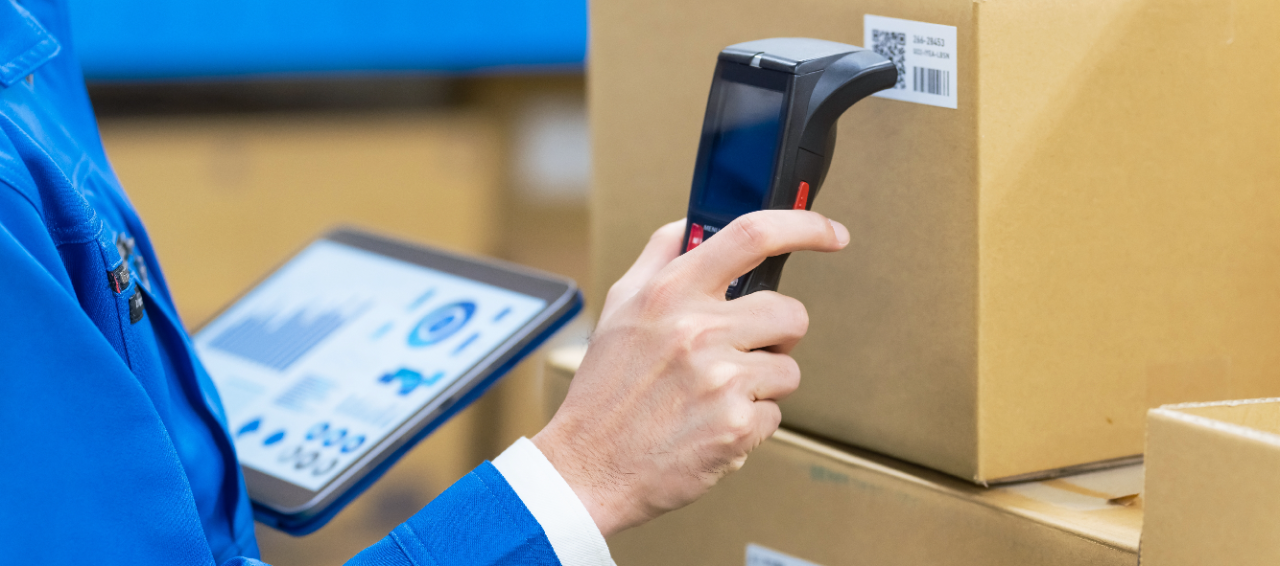Digital identification solutions have the capability to track and report information from individual items. They are already commonly used in retail for inventory management, product history authentication and loss prevention and detection purposes.
By tagging individual items, companies can trace the entire lifecycle of a product, from raw material extraction to end-of-life disposal. This granular data provides insights into the carbon footprint at each stage, enabling businesses to identify areas for improvement and implement sustainable practices.
The missing billions
Food waste is one of the greatest contributors to greenhouse gasses. Research reveals the food industry is discarding $114 billion [Source: Avery Dennison, The Missing Billions. 2022] of inventory each year due to expiry dates, damaged goods, and overproduction. Reducing this unnecessary financial and environmental waste requires knowing precisely where in the supply chain the problems are occurring. With RFID tagging retailers can track the journey of a fresh salmon from the fishery to the store shelf. This data can reveal the food producer's carbon emissions from transportation and refrigeration. It can also identify precisely where the item leaves the supply chain until checkout or delivery to a consumer. By analyzing this information, retailers can make more informed decisions, such as sourcing more locally, or investing in energy-efficient transport and refrigeration systems.




